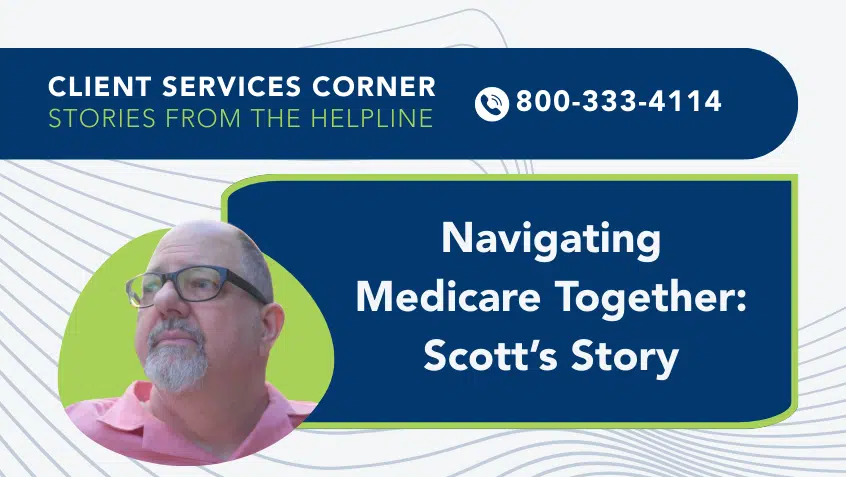Join Us Live for a Discussion on Medicare, Democracy, and the Future of Health Care
New CBO Score Finds That Ending Payments to Insurance Companies to Help Low-Income Marketplace Enrollees would Increase the National Deficit

This week, the Congressional Budget Office (CBO) released an analysis that found that ending payments to insurance companies to assist low-income Marketplace enrollees with health insurance costs would increase the deficit by $194 billion over 10 years. Under the Affordable Care Act (ACA), the federal government reimburses insurance companies for discounts on copays and deductibles the law requires insurers to give to low-income individuals.
The Trump administration has threatened repeatedly to cut off the payments, which the President has called “bailouts.” On Wednesday, after the CBO score’s release, a White House spokesman said the administration will reimburse insurers for this month’s discounts. Future payments remain in question, however, according to most reports.
Cutting the cost-sharing payments is estimated to cost the government more because insurance companies will raise premiums in response. CBO predicts that premiums for benchmark plans sold on the ACA Marketplaces will rise about 20%next year and about 25% by 2020. The cost to many consumers, however, would stay the same or even decline. That’s because people with lower incomes who buy insurance through the Marketplaces receive a tax credit, so their costs remain stable as a share of their income. When premiums rise, these government subsidies—and therefore government costs—rise as well.
According to CBO, for people with incomes below 200% of the federal poverty level, the out-of-pocket cost of insurance would remain about the same because of the larger tax credits.
CBO also says that some insurers may decide to leave the ACA markets altogether if the insurer subsidies were to disappear “because of the substantial uncertainty about the effects of the policy on average health care costs.” CBO estimates that about 5% of the population would not have access to insurance through the ACA markets next year if President Trump ends the payments.
Show Comments
We welcome thoughtful, respectful discussion on our website. To maintain a safe and constructive environment, comments that include profanity or violent, threatening language will be hidden. We may ban commentors who repeatedly cross these guidelines.
Help Us Protect & Strengthen Medicare
Donate today and make a lasting impact
More than 67 million people rely on Medicare—but many still face barriers to the care they need. With your support, we provide free, unbiased help to people navigating Medicare and work across the country with federal and state advocates to protect Medicare’s future and address the needs of those it serves.
The Latest
Most Read
Add Medicare to Your Inbox
Sign up to receive Medicare news, policy developments, and other useful updates from the Medicare Rights.
View this profile on InstagramMedicare Rights Center (@medicarerights) • Instagram photos and videos









